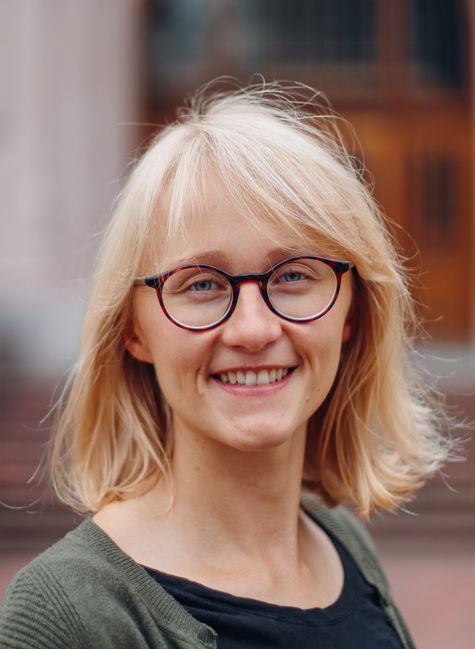Early Career Scientist Spotlight
Dr. Lettie Roach (she/her/hers)
Polar Climate Scientist
Goddard Institute for Space Studies (611)
Did you always know that you wanted to study ice and climate?
Definitely not! I had no idea that this field even existed until the final year of my undergraduate degree. I really had very little idea of what I wanted to do for a career before then. I chose to study Mathematical Physics because I enjoyed problem-solving and felt it played to my strengths, but I wanted to do something that had more societal relevance than the theoretical particle physics I was learning about. I stumbled across sea ice and climate modelling for my undergraduate research project and got hooked! That led me to apply for PhDs in ice and climate science, and I was offered an interesting project involving sea ice modeling in Wellington, New Zealand. After that, I completed a postdoc at the University of Washington in Seattle, before moving to NASA Goddard Institute for Space Sciences (GISS).
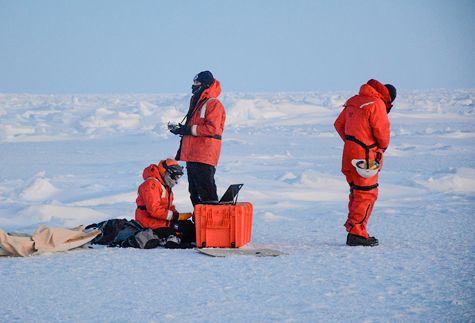
Credit: Maddie Smith.
What science questions do you investigate?
A few questions that I have recently worked on or am currently working include: What influence do ocean surface waves have on sea ice cover? What is the role of atmospheric circulation variability in recent rapid Arctic sea ice retreat? Why is the retreat period faster than the advance period in the seasonal cycle of Antarctic sea ice extent? What is the influence of ice sheet dynamics on modern-day climate? I usually investigate these kinds of questions using large-scale models (and model development) in combination with observations.
I am really interested in both the Arctic and Antarctic. Arctic sea ice has been a very striking sign of climate change. On the other hand, Antarctic sea ice evolution is much less well understood, and has had lots of swings up and down, although with record lows recently. Most of my work is focused on ice and climate, but recently I have also become interested in the Atlantic Meridional Overturning Circulation (AMOC) too. AMOC is really important for a host of climate phenomena, but its future under climate change remains quite uncertain.
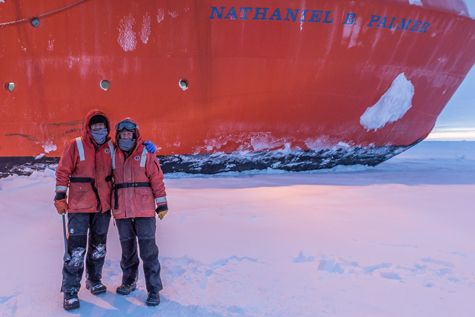
Credit: Ben Adkison.
What do you enjoy the most about your job?
I love learning new things, and in this job I get to learn new things every day. Beyond that, I enjoy the variety of different types of work, from reading papers, to developing analysis code, to digging into the nuts and bolts of climate models, to presenting my own work and networking.
What is one thing you wish the public understood about your field of work?
That climate change is well underway, but that we still have an opportunity to improve our future through systematic policy action.
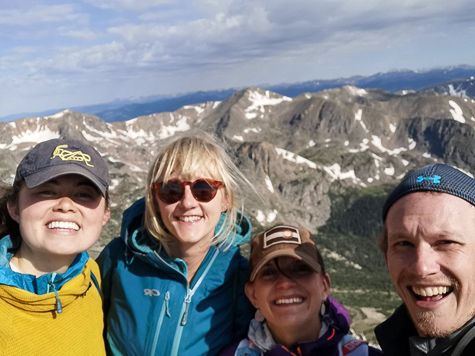
Credit: Arlan Dirkson.
What early career advice do you have for those looking to do what you do?
Grad school is tough! I think the most important thing is to pace yourself and do your best to maintain a good work-life balance. If you can, take time to explore a variety of projects. Make the most of networking opportunities to get to know people in the field and to figure out who you might like to work with in the future. Try to figure out what topics and research questions you find most interesting, and follow those.
Who inspires you?
Honestly, I would have to say that all the collaborators and mentors I've had have inspired me in one way or another. Sea ice research has benefitted from some very inspiring senior female scientists who have broken down barriers for my generation. It was only in the 1980s that the British Antarctic Survey began allowing women to go to Antarctica. I remember when I started reading my first scientific papers in this field and being very excited when I realized that a lot of the authors were women. Today, although there have been improvements in the representation of women in polar science, we still have a long way to go, particularly in terms of racial diversity, and I am very inspired by the people in our field working to improve equity and inclusivity. I also have great respect for scientists who work to provide effective climate communication for the general public.
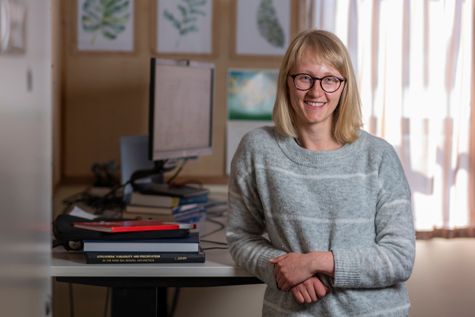
Credit: Dave Allen (NIWA).
What is one of your favorite moments in your career so far?
I mostly work with models, but I have been fortunate enough to participate in fieldwork in both the Arctic and Antarctic. One of my favourite moments has to be walking back to the research ship over Antarctic sea ice during polar night, under the Aurora Australis, and seeing a whale surface in the pool behind the ship. That was an absolutely unforgettable moment.
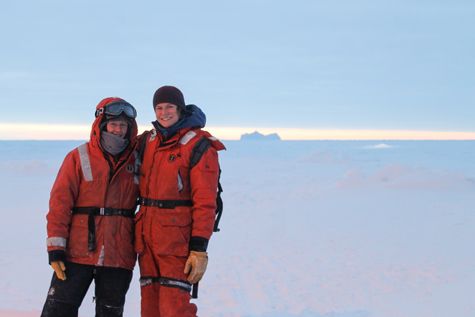
Credit: Ben Adkison.
Biography
Home Town:
Rogart, Highlands of Scotland, UK
Undergraduate Degree:
Mathematical Physics MPhys, University of Edinburgh, Edinburgh, UK
Post-graduate Degrees:
Geophysics PhD, Victoria University of Wellington, Wellington, New Zealand
